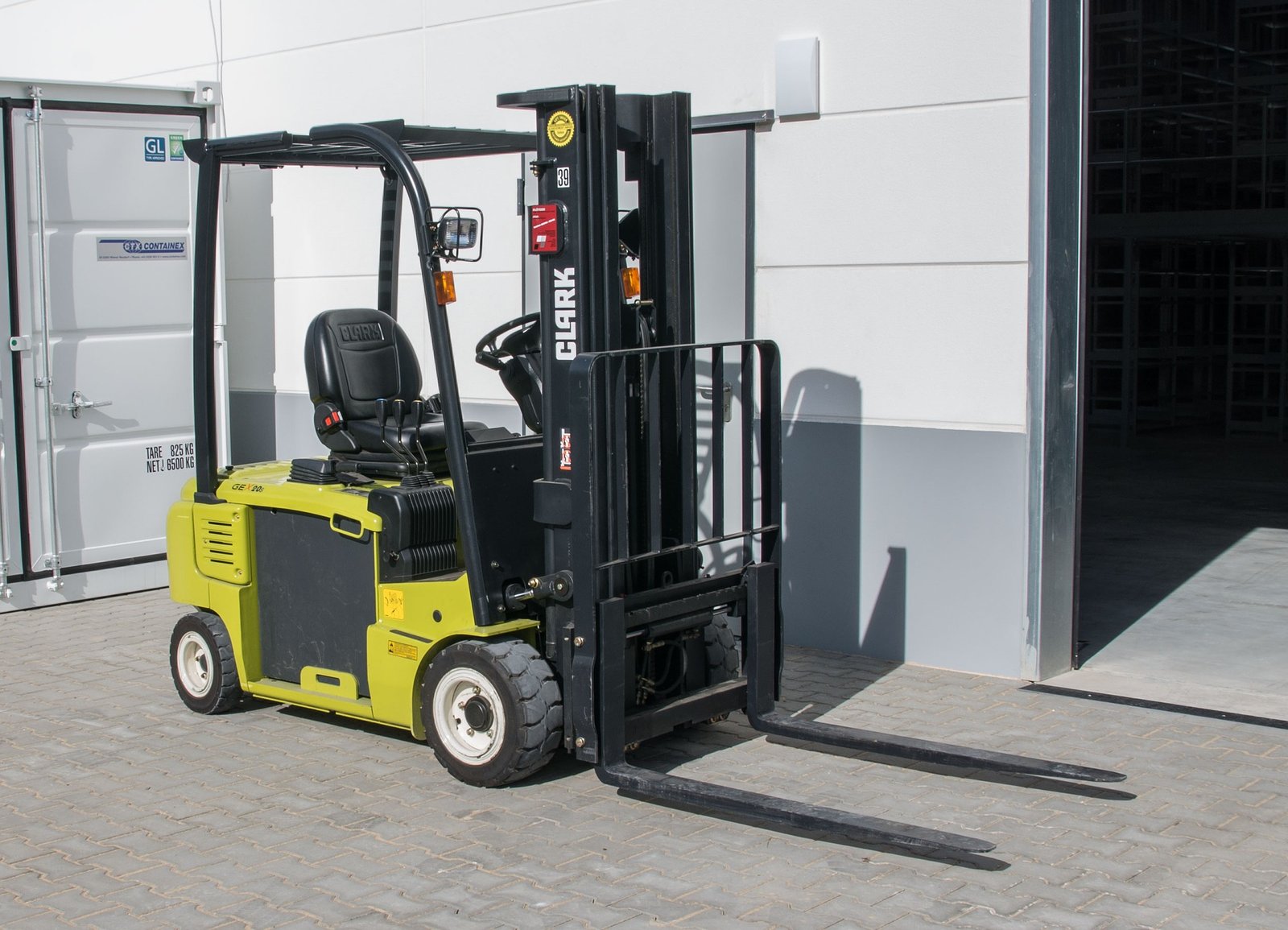When you’re buying a forklift, one of the most important factors to consider is your tire selection. The type of tire that you choose will affect how well your forklift performs and how much money you spend on replacing them over time.
The right tires can help improve safety, performance, and fuel efficiency — and with so many different types available, it’s important to know what makes them different and which ones will work best for your specific needs.
Let’s take a look at some of the tires you might want to consider when looking up used forklifts for sale near me.
Pneumatic Tires
Pneumatic tires feature a soft rubber or synthetic material that holds air under pressure in tiny pockets. This allows air to be pumped into and out of the tire’s hollow interior, which increases traction as well as helps absorb bumps on the surface.
When you drive over these bumps, the air moves from one side of the tire to another and back again, reducing impact force and providing a smoother ride for both operators and cargo loads alike.
The downside is that pneumatic tires don’t last as long as solid ones; they also tend to be more expensive than solid ones.
Solid Tires
Solid rubber tires are the most common type of tire on forklifts. They have a solid rubber base with steel bands running through them that provide traction. Solid tires are less expensive than pneumatic tires and require less maintenance, but they also have more limitations.
Solid tires are not as flexible as pneumatic tires, so they don’t work well for heavy loads that require a lot of turning or acceleration and deceleration (like when driving down narrow aisles). This can cause stress cracks in the tire which can lead to blowouts or other problems down the road.
Cushion Tires
Cushion tires are designed to provide extra shock absorption for forklift operators working inside warehouses or similar facilities where there are no bumps or obstacles in their path. These tires feature deep grooves across their surface that allow them to flex slightly when they’re struck by something else — in this case, debris on the floor that might otherwise cause damage if it were struck by a normal rubber tire.
Cushion tires are ideal for indoor use because they don’t leave marks on floors. They’re also quieter than other types of tires, less likely to damage pallets, and more comfortable for operators.
Note that cushion tires aren’t recommended for use outside because they don’t have enough traction on rough surfaces like gravel and dirt roads.
Also Read: Is Bitcoin Prime A Legit Cryptocurrency Trading Bot?
The Final Word
When buying used forklifts for sale near me, you may be tempted to just choose the tires that are on them. After all, they look fine and they’re already there. But that’s not always the best idea. In fact, choosing the wrong set of tires can lead to reduced productivity and a host of other problems. It’s important to know what type of tires will work best for your operation and how to choose them.
One of the most important things to consider when buying a new forklift is what kind of surface you’ll be working on most often. If your warehouse has concrete floors, you’d want a hard-surface tire with aggressive tread patterns. But if you’re going to be working in an industrial park where there are oil leaks or other hazards on the ground, you might want something more robust than a typical rubber tire.
